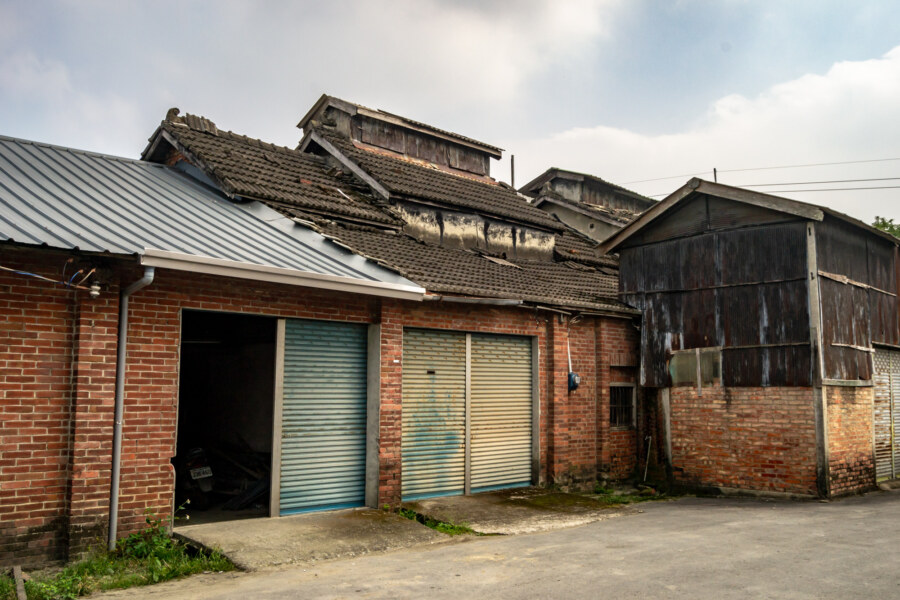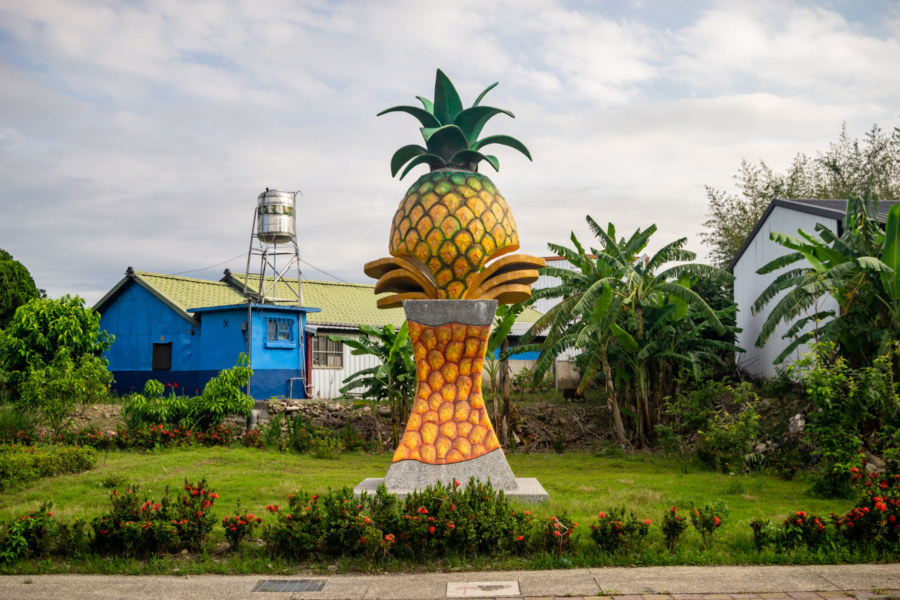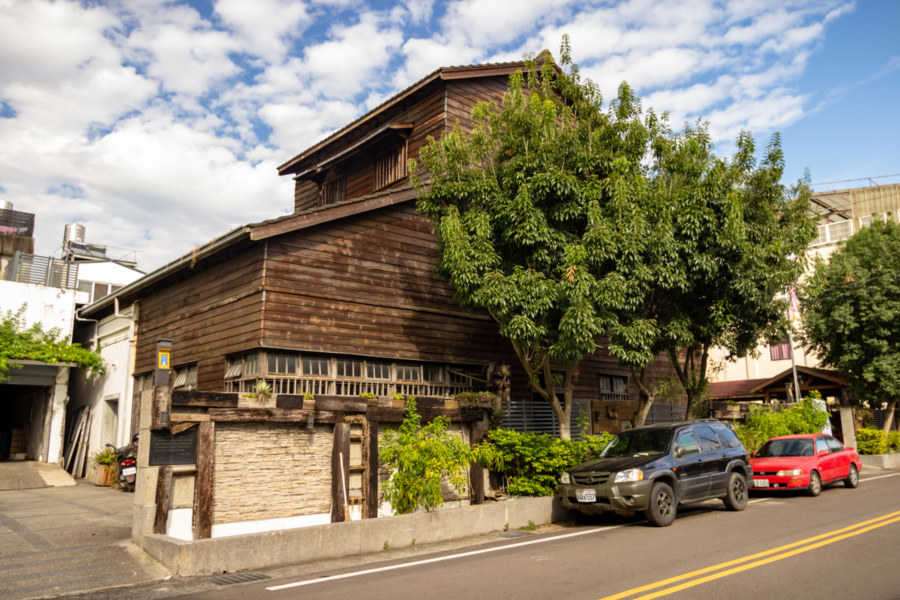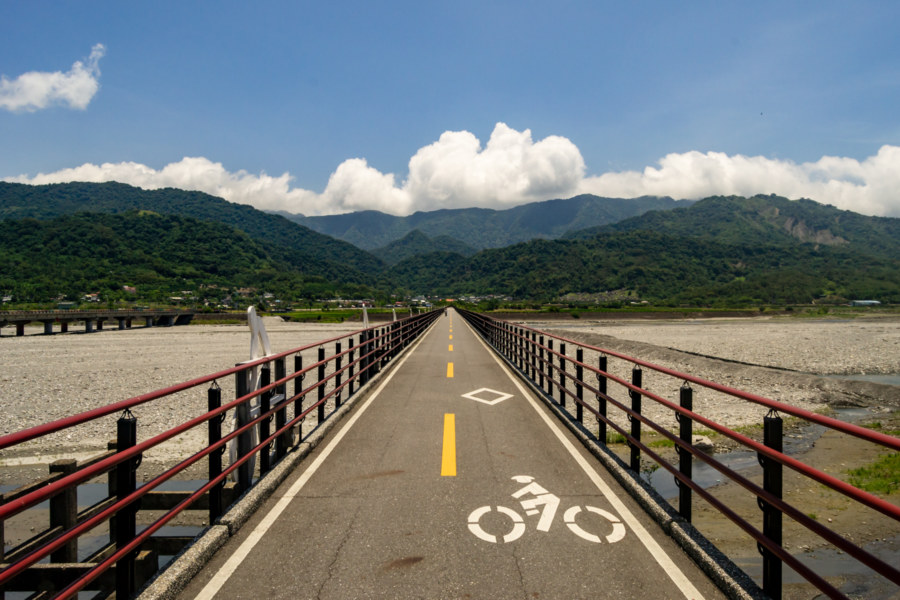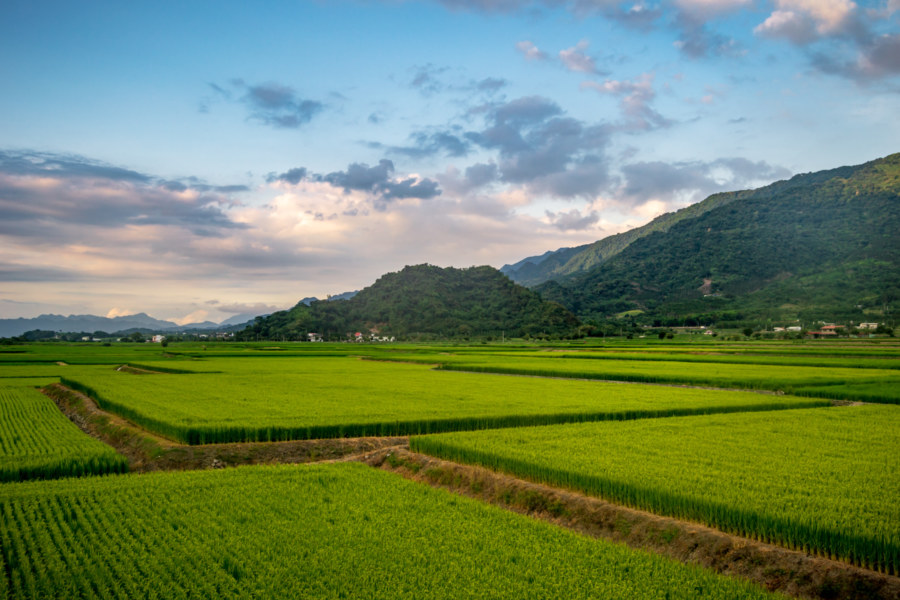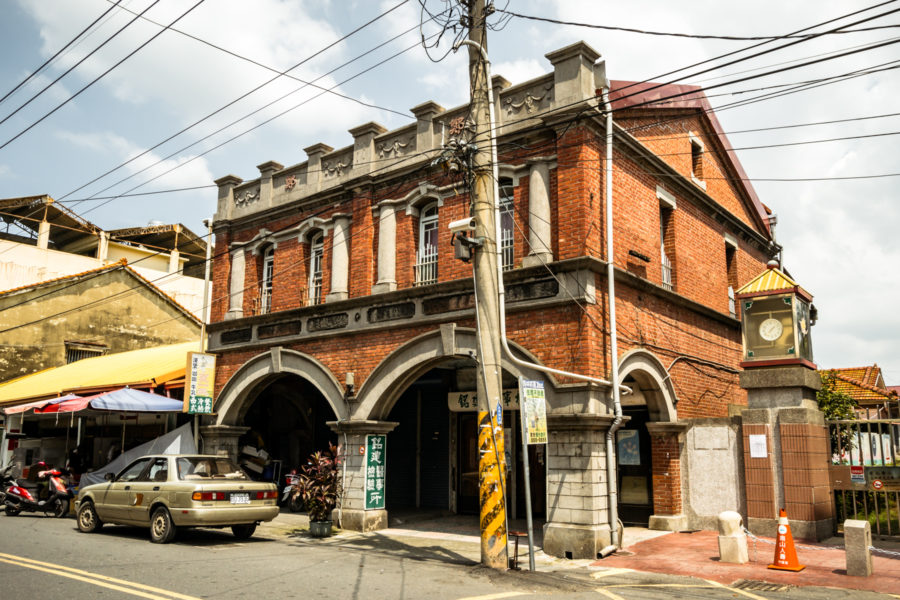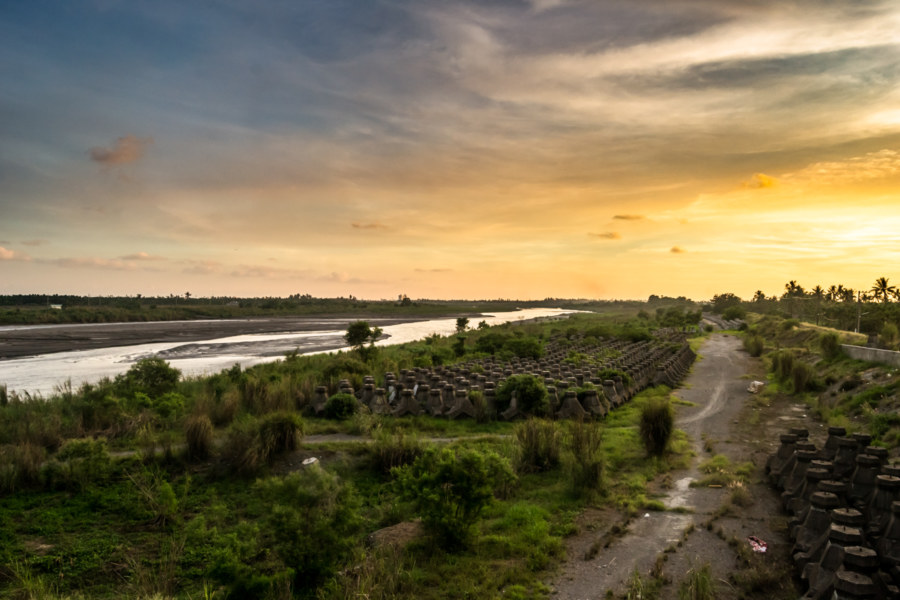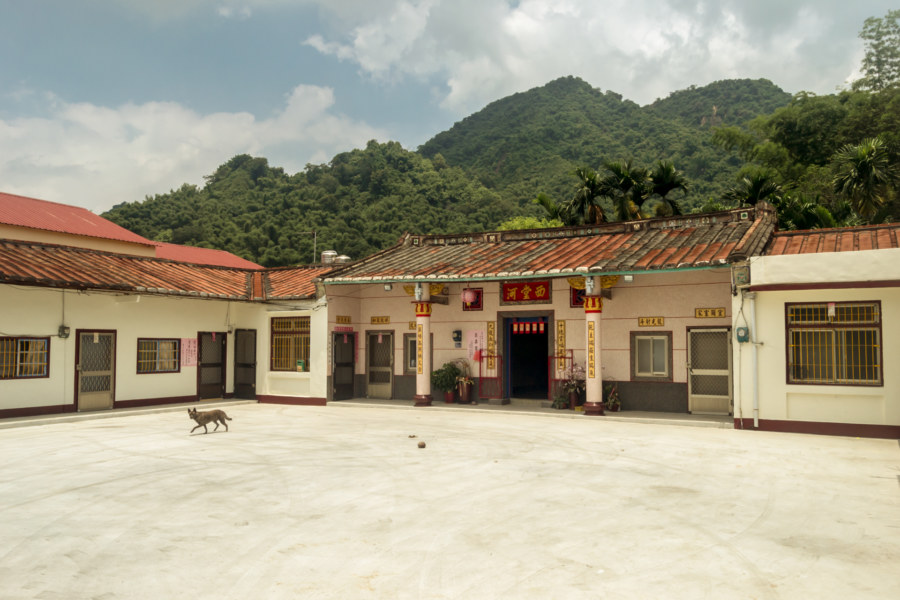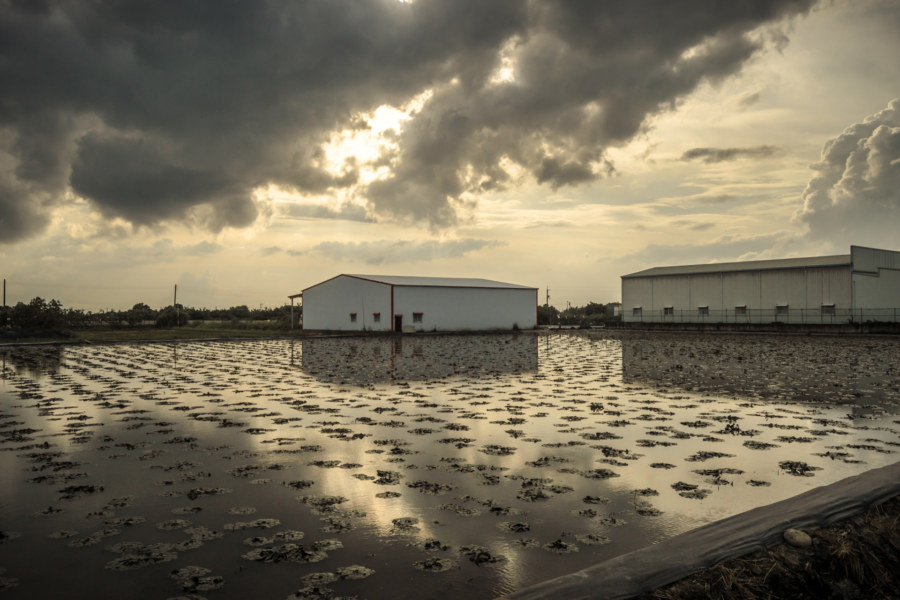Linnei is a small rural township located on the south side of the Zhuoshui River in northeastern Yunlin, Taiwan. Despite its strategic position on the Western Trunk Line this township remains mostly pastoral and undeveloped, with little industrial activity compared to neighboring Douliu, the administrative seat of the county. Population in the township peaked at nearly 23,000 in the 1970s and has been declining ever since, recently falling below 18,000 as rural flight continues apace. Nowadays the local economy mostly revolves around agricultural products such as rice, bamboo, and tea, but Linnei was once a major center of tobacco cultivation, traces of which can be found scattered across the countryside.
Sow the fields. Bucolic, pastoral, a return to the fields. See also: rural.
Huadong Valley Ride 2018: Guanshan to Taitung City
My fifth day of riding the Huadong Valley in 2018 began in Guanshan and ended in Taitung City, approximately 45 kilometers further south. Although there were several uphill segments this was one of the least demanding rides of the entire trip, partly because I had a good night’s rest, but also due to some cloud cover moderating the influence of the tropical sun. After rising I cycled over to Little Star Breakfast shop (小星星早餐店) to try their fluffy handmade dànbǐng 蛋餅 (a crepe-like egg roll with various fillings). Feeling recharged, I set out to catalog more of eastern Taiwan’s historical relics and natural wonders.
Shigang Rice Barn 石岡穀倉
Shigang Rice Barn 石岡穀倉, formally known as the Shigang Farmers’ Association Rice Milling Barn 石岡農會碾米穀倉, is one of the best preserved Japanese colonial era rice barns in Taiwan. Constructed with locally-sourced timber in 1941, it was designed to be earthquake-resistant, benefitting from hard lessons learned from the 1923 Great Kantō Earthquake and the 1935 Hsinchu-Taichung Earthquake. It was in use for many decades before modernization of rice milling made it obsolete, presumably sometime in the 1980s or 1990s, leaving the building derelict and threatened with demolition.
Huadong Valley Ride 2018: Yuli to Guanshan
Day four of riding through the Huadong Valley of eastern Taiwan in 2018 began in Yuli, the midpoint of this bicycle trip from Hualien City to Taitung City. From the weather report I knew I’d have another challenging ride ahead—yet again the mercury was due to exceed 35 degrees. Luckily I was in no great rush, as I had allocated an entire week for a trip that experienced riders could easily manage in two days. I made good use of that extra time, making numerous stops and detours to document some of the many historic and cultural sites along the way, many of them quite obscure. I ended the day in Guanshan, slightly more than 40 kilometers down the valley.
Huadong Valley Ride 2018: Fenglin to Yuli
Day three of cycling down the Huādōng Valley 花東縱谷 began with a hearty Taiwanese breakfast not far from the train station in Fenglin, Hualien. I was still recovering from a brush with heatstroke (a story documented in the previous entry in this series) so a traditional breakfast of dànbǐng 蛋餅 (pan-fried egg rolls) and sweet black tea really hit the spot. A glance at the weather forecast indicated another full day of sunny skies and 35°C temperatures on the road—and even fewer opportunities for air-conditioned rest stops. I wasn’t too worried though; my loosely-planned itinerary of former Shinto shrines, industrial ruins, and other historic sites didn’t look all that challenging. Ultimately I ended up putting 60 kilometers of valley behind me, ending the day in Yuli.
Postcards From Ershui 二水明信片
Ershui is a rural township located in the southeastern corner of Changhua, bordering Yunlin and Nantou. Ershui Station 二水車站, constructed in 1935, is the primary point of transfer between the Main Line 縱貫線 of the Taiwan Railway Administration (TRA) and the Jiji Line 集集線, a tourist railway leading into the interior. Ershui, which literally means “two water”, is named after the Bābǎo Canal 八堡圳, an extensive system of artificial waterways still responsible for irrigating much of the Changhua Plain 彰化平原 three centuries after it was devised. During the Japanese colonial era this small town prospered as a center of woodworking while farmers in the countryside cultivated bananas, grapes, guava, and tobacco, among other crops. Nowadays it is mainly known as a sleepy stopover on the way to parts beyond—but a closer look will reveal several points of interest for anyone curious about Taiwanese history, architecture, and vintage style.
Southern Taiwan Ride 2015: Pingtung City to Fangliao
After spending a day riding around Pingtung City I was ready to hit the road again. With no specific destination in mind—only an intention to head in the direction of Hengchun, far to the south—I checked out of the vintage homestay I lodged at the previous night, stopped at Eske Place Coffee House for a delicious and healthy vegetarian breakfast, changed into cycling wear, and exited the city to the east. I knew almost nothing about where I was headed or what I might see on the third day of my southern Taiwan ride in 2015. I only had one stop planned in advance: a hospital in Chaozhou rumoured to be abandoned. I didn’t know it at the time but I would spend almost the entire day riding through the historic Hakka belt of Pingtung.
Postcards From Meinong 美濃明信片
I briefly visited Meinong in July of 2014 while cycling around southern Taiwan. I hadn’t done any planning prior to arrival and knew nothing of what I was getting myself into nor what sights I should have made an effort to see. I was navigating almost exclusively by instinct, riding in whatever direction seemed interesting, simply to see what was there. Gathered here are several of my photos from a few uninformed hours in this bucolic rural township in Kaohsiung.
A Long Ride From Tainan to Changhua
I have been working very hard these last few weeks—a little too hard, at times. To break the monotony of laying code every day I elected to go for a proper ride yesterday. Since moving to Tainan I haven’t gone on any long rides whatsoever—so I geared up for a day on the road, preparing for almost any eventuality. I had several destinations in mind such as the badlands to the east of the city but struck out to the north on a whim, intending to make it to at least Chiayi City by sundown.
